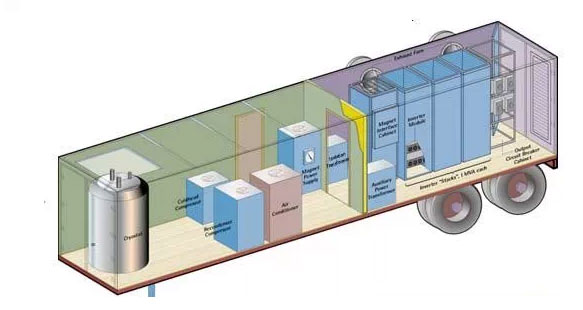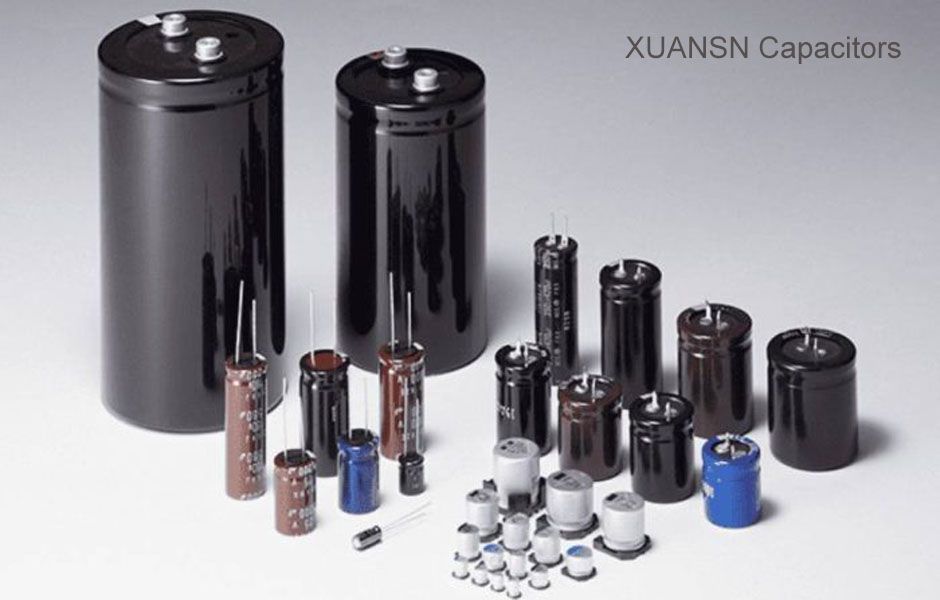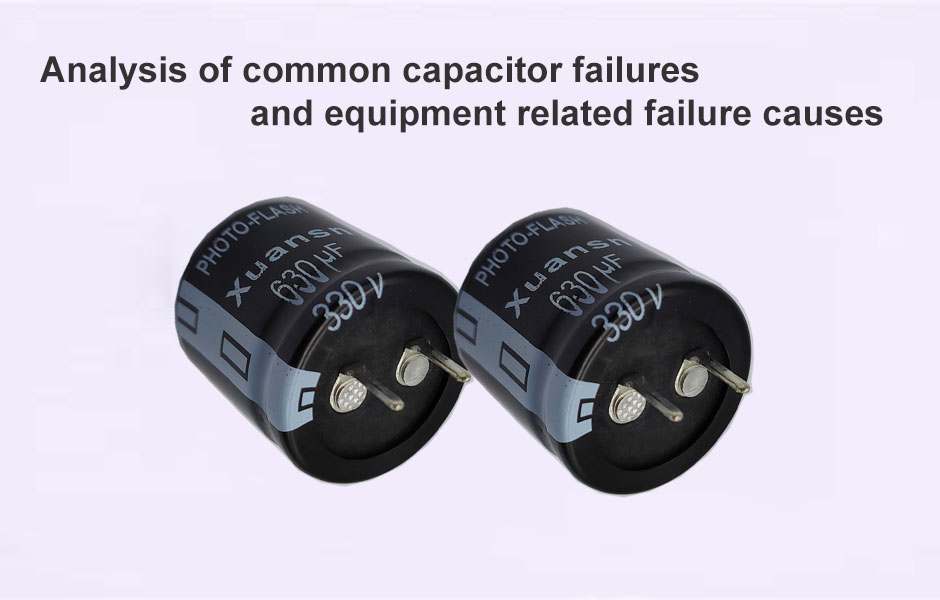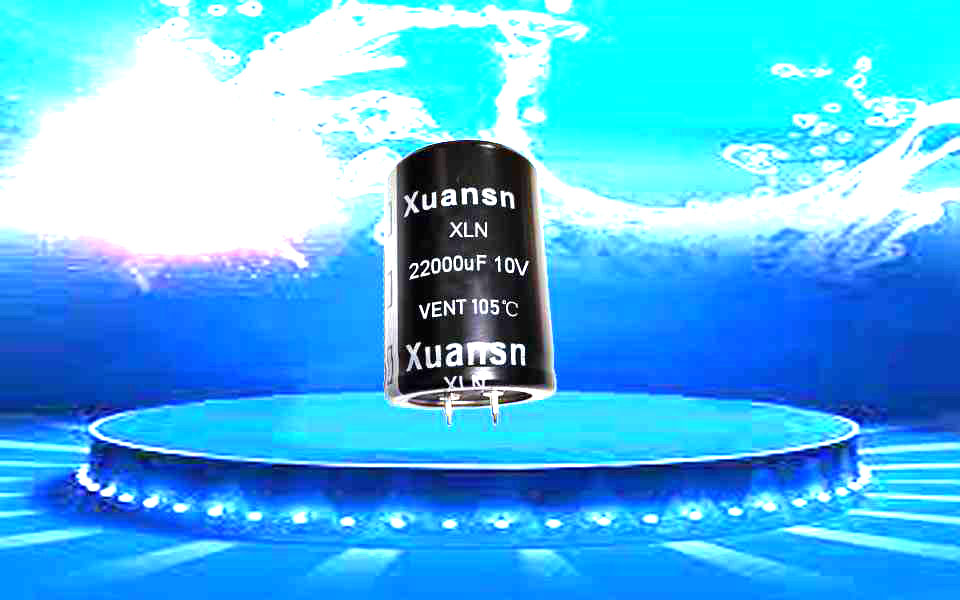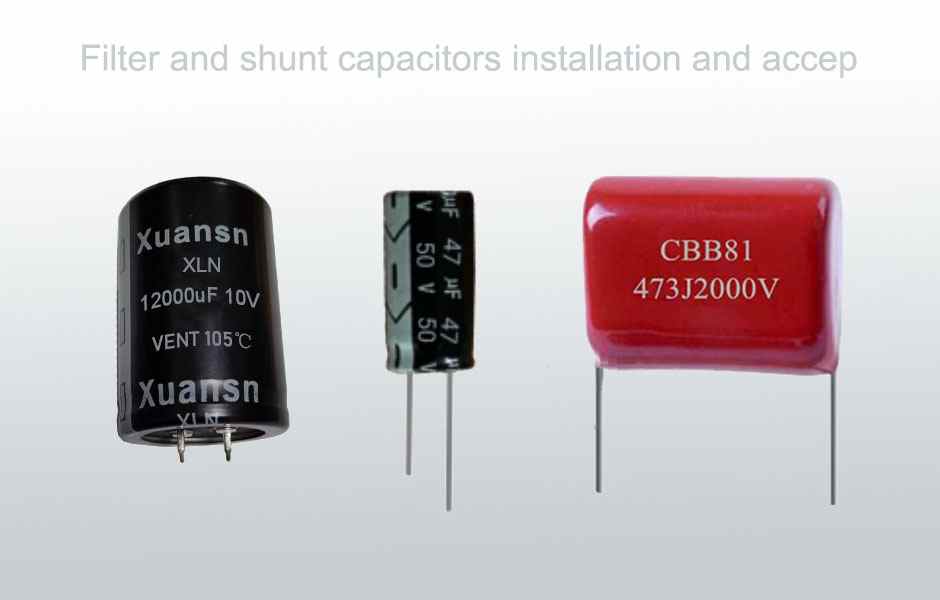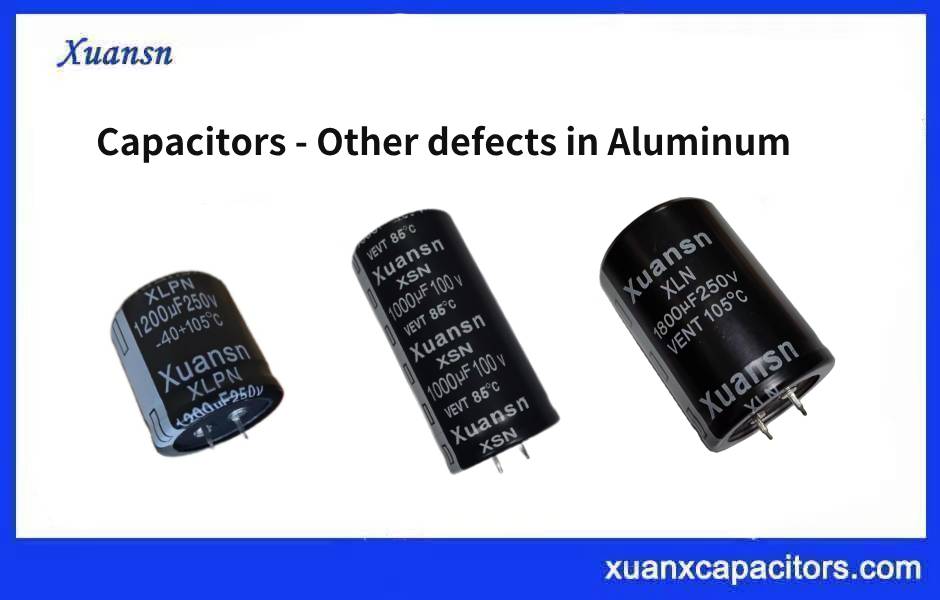Electrical energy storage mainly includes supercapacitor energy storage and superconducting energy storage (SMES)
(1) Supercapacitor energy storage: an electric double layer structure composed of an activated carbon porous electrode and an electrolyte is used to obtain an extremely large capacitance. Unlike batteries that utilize chemical reactions, the charging and discharging process of supercapacitors is always a physical process. Short charging time, long service life, good temperature characteristics, energy saving and environmental protection. The super capacitor is not too complicated, that is, the capacitor is charged, and the rest is the material problem. The current research direction is whether the area is small and the capacitance is larger. The development of supercapacitors is still very fast, and the current new supercapacitors based on graphene materials are very hot.
Tesla CEO Elon Musk said in 2011 that the batteries of traditional electric vehicles are outdated and that new cars with supercapacitor power systems will replace them in the future.
Inadequacies: Compared with batteries, the energy density results in relatively low energy storage under the same weight, which directly leads to poor endurance and depends on the birth of new materials, such as graphene.

(2) Superconducting energy storage (SMES): A device for storing electrical energy using a zero-resistance of a superconductor. Superconducting energy storage systems generally include most of superconducting coils, cryogenic systems, power conditioning systems, and monitoring systems. The development of superconducting materials technology is the top priority of superconducting energy storage technology. Superconducting materials can be roughly classified into low temperature superconducting materials, high temperature superconducting materials, and room temperature superconducting materials.
Inadequacies: The high cost of superconducting energy storage (materials and cryogenic refrigeration systems) makes its application very limited. Reliability and economic constraints, commercial applications are still far away.
